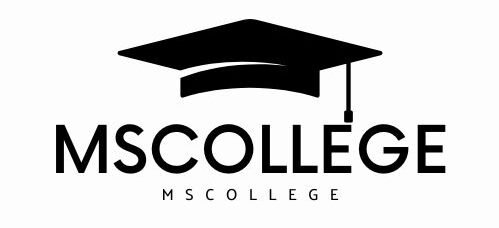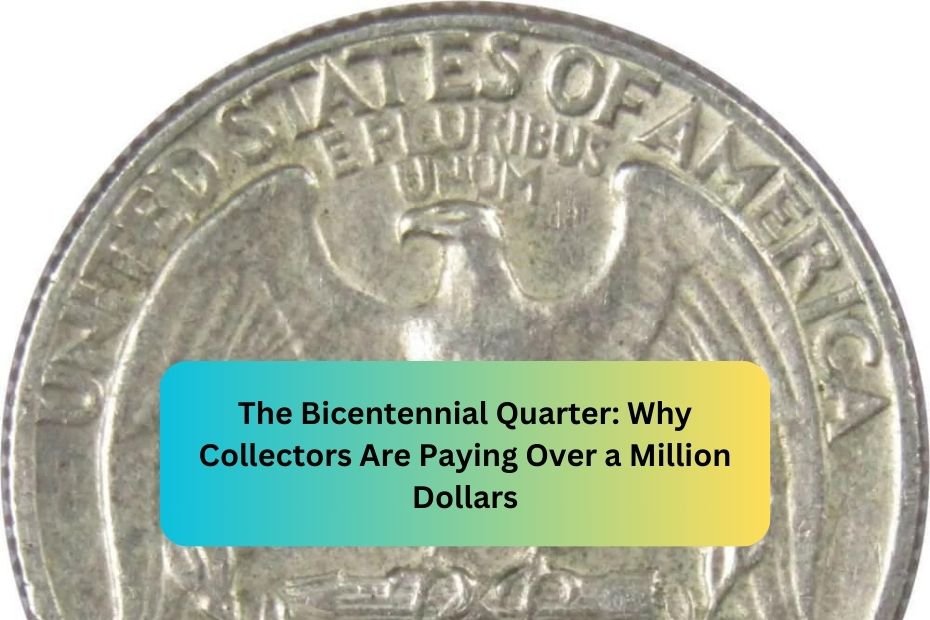The Bicentennial Quarter, minted in 1976 to commemorate the 200th anniversary of the United States, has captivated coin collectors and enthusiasts for decades. While most of these coins are relatively common and worth only a quarter, a few rare versions have emerged that command staggering prices in the collector’s market—sometimes exceeding a million dollars. This article explores the reasons behind this phenomenon, the unique characteristics of the rare coins, and tips for collectors interested in this iconic piece of American history.
The Bicentennial Quarter: A Brief Overview
In 1976, the U.S. Mint released a special Bicentennial Quarter as part of a nationwide celebration of the nation’s 200th birthday. The design featured a distinctive reverse side, showcasing a depiction of the drummer from the American Revolution, along with the inscriptions “1776-1976.” This design replaced the traditional eagle that typically adorned the reverse side of the quarter. The front side of the coin retained the portrait of George Washington, designed by John Flanagan.
Key Features of the Bicentennial Quarter:
- Minting Year: 1976
- Design: Special reverse featuring the drummer and “1776-1976”
- Material: Copper-nickel clad
- Standard Issue: Over 1.6 billion were produced across various mints
Why Some Bicentennial Quarters Are Worth Over a Million Dollars
While most Bicentennial Quarters are worth their face value or a small premium for uncirculated coins, a few rare varieties have emerged that collectors are willing to pay top dollar for. Here are some reasons why certain Bicentennial Quarters command high prices:
1. Rare Minting Errors
Minting errors can significantly increase a coin’s value, and some Bicentennial Quarters feature errors that have made them highly sought after. Common errors include:
- Double Die Obverse: Some quarters exhibit a doubling of the inscription “LIBERTY” or the date, which occurs during the minting process.
- Clipped Planchet: Coins that were improperly cut during the minting process, resulting in a piece of metal missing from the coin.
These errors are rare, and only a few examples exist, making them valuable to collectors.
2. Low Mintage Variants
Some quarters were produced in limited quantities, contributing to their rarity. For example, coins minted at specific locations, such as the San Francisco Mint, tend to be more valuable, especially if they were part of special collector sets.
3. Professional Grading and Condition
The condition of a coin is crucial in determining its value. Coins are graded on a scale from 1 to 70, with higher grades indicating better condition. A well-preserved Bicentennial Quarter, especially one that has been professionally graded by reputable organizations like the Professional Coin Grading Service (PCGS) or the Numismatic Guaranty Corporation (NGC), can fetch a premium price.
4. Collector Demand
The demand for specific coins can drive prices up significantly. The Bicentennial Quarter’s nostalgic value and connection to American history appeal to collectors, which increases competition for rare variants. When collectors are willing to pay top dollar for these coins, it can lead to auction prices that exceed a million dollars.
5. Historical Significance
The Bicentennial Quarter commemorates a pivotal moment in American history, marking 200 years since the Declaration of Independence. This historical significance adds emotional value to the coin, making it a desirable addition to many collections.
Notable Sales and Auctions
Several notable sales of Bicentennial Quarters have made headlines in recent years. Here are a few remarkable examples:
- In 2019, a 1976-S Bicentennial Quarter with a double die obverse sold for $1.1 million at auction, highlighting the extraordinary demand for rare minting errors.
- A 1976 Philadelphia Mint Quarter with a significant minting error recently fetched over $500,000, underscoring the growing interest in error coins.
These sales reflect the growing recognition of the Bicentennial Quarter’s value among collectors and investors alike.
Tips for Collecting Bicentennial Quarters
If you’re interested in starting or expanding your collection of Bicentennial Quarters, consider the following tips:
1. Educate Yourself
Familiarize yourself with the different varieties and minting errors associated with the Bicentennial Quarter. Resources such as coin catalogs, online forums, and numismatic literature can be incredibly helpful.
2. Inspect Coins Carefully
When purchasing coins, inspect them closely for signs of minting errors or unique features. Use a magnifying glass to check for doubling or other abnormalities.
3. Consider Professional Grading
If you believe you have a valuable quarter, consider submitting it to a professional grading service. A high-grade certification can significantly enhance the coin’s value.
4. Stay Informed on Market Trends
The coin market can fluctuate, so keeping up with trends and auction results is essential. Attend coin shows and join collector clubs to network and gain insights from experienced collectors.
5. Preserve Your Coins Properly
Store your coins in a safe and controlled environment to avoid damage. Use appropriate holders or albums designed for coin storage to protect your collection.
Conclusion
The Bicentennial Quarter is more than just a piece of currency; it represents a significant moment in American history and the creativity of its minting. While most quarters from this series are not worth much, certain rare variants, especially those with minting errors, have captured the attention of collectors, resulting in astonishing sale prices that can exceed a million dollars. Understanding the nuances of collecting these quarters can lead to a rewarding hobby that celebrates both history and artistry.
FAQs
1. What makes a Bicentennial Quarter rare?
Rarity in Bicentennial Quarters often comes from minting errors, low mintage, and high-quality condition. Specific variants, especially those graded by professional services, can significantly increase value.
2. How can I tell if my quarter is valuable?
Inspect your coin for minting errors, check for unique features, and consider its condition. Getting a professional grade can also help determine its market value.
3. Are all Bicentennial Quarters worth collecting?
While most are worth their face value, rare variants with errors or low mintage can be valuable. Collectors often seek these unique coins.
4. Where can I find more information on coin collecting?
Numerous resources exist, including books, online forums, and local coin clubs. These can provide valuable insights into collecting, valuation, and market trends.
5. How should I store my collection?
Store your coins in a dry, controlled environment. Use acid-free holders, flips, or albums designed for coin storage to prevent damage and preserve their condition.

